And what if we combined a traditional open-air museum with a nature reserve, an archaeological museum, and a theme park? This is exactly the idea a group of Alsatian students came up with in the 1970s.
The Ecomuseum of Alsace in Ungersheim is a place that defies the traditional definitions of what we usually understand by “museum” or “open-air museum.” A visit here is more than just admiring the creations of Alsatian culture. It is the opportunity to immerse yourself in it fully, engaging all your senses to transport you for a few hours to another era—back to the early 20th century and to places you’ve previously only seen in history books. However, to truly grasp the uniqueness of this museum, it’s worth learning about its history, which is just as remarkable as the attractions found here.
How did Ecomusée d’Alsace come to be?
The second half of the 20th century was a time when many Alsatian villages struggled with population decline. In search of a better life, many people moved to larger towns and cities. Abandoned and crumbling houses became a symbol for many of the degradation of a certain part of Alsatian culture.
This fact becomes the driving force for a group of young history and archaeology students, led by Marc Grodwohl, who form the association Maisons Paysannes d’Alsace. Its goal is to protect Alsace’s architectural heritage, and the way they intend to achieve this turns out to be truly extraordinary. Initially, the association focuses on restoring abandoned houses and dismantling those that can no longer be saved. However, within a few years, this idea evolves in a much more ambitious direction.
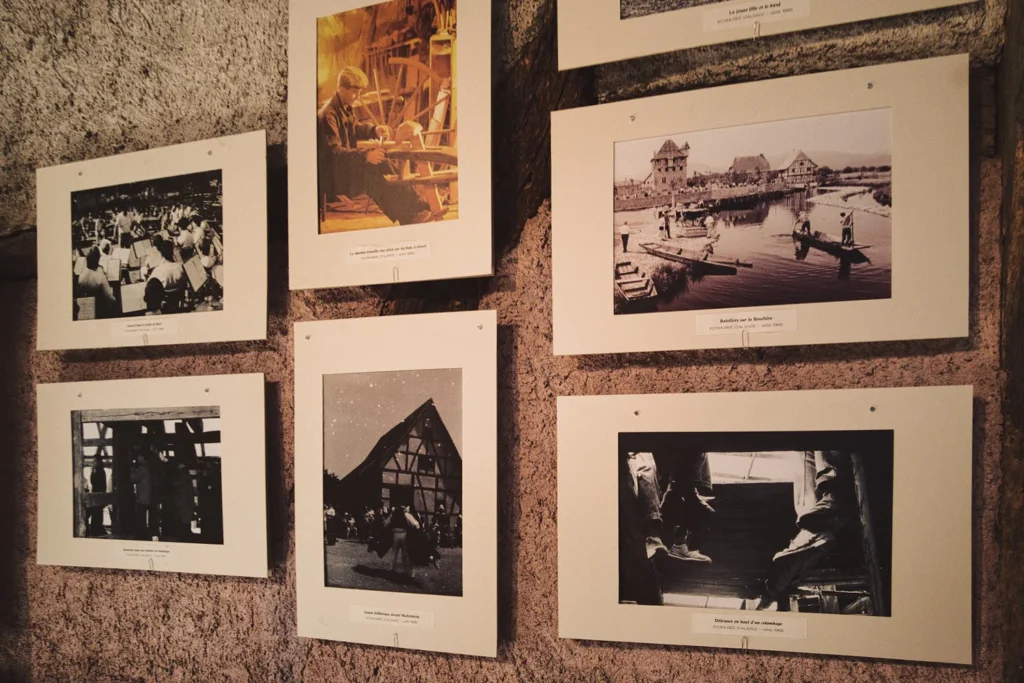
In 1980, the group searches for land where the restored houses will eventually be “relocated.” Each house is dismantled after renovation and then rebuilt in a new location. This location turns out to be a disused mining area provided by the municipality, situated between Mulhouse and the town of Colmar. The first house relocated in this way is La maison de Koetzingue. In the following years, the association rebuilds 19 more houses in the same manner, creating the foundation of a traditional Alsatian village, which opens to the public on June 1, 1984.
In the first six months, the site attracts 75,000 visitors, further motivating the creators to continue expanding. Various institutions and local residents begin donating furniture, clothing, documents, photographs, and many other items to the Ecomuseum of Alsace. These soon form a massive collection of tens of thousands of everyday objects from Alsatian villages, with some dating back to the 19th century!
What does a traditional Alsatian house look like?
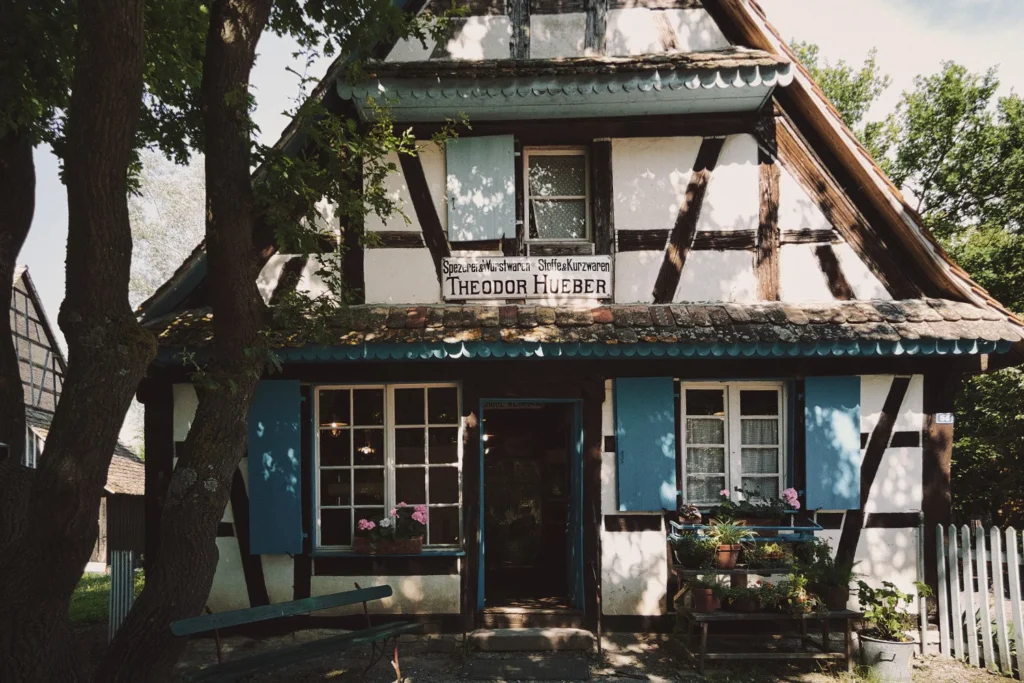
When speaking of Alsace, it’s impossible not to mention the region’s architecture, which has become almost iconic. Traditional Alsatian houses were built using half-timbering, known as timber-framing in technical terminology. Half-timbered houses are characterized by visible wooden beams with the spaces between filled with materials like cob, rubble, or bricks, depending on the availability of resources at a given time and place.
The open-air museum discussed in this article is the largest collection of such houses in France. However, traditional Alsatian houses can also be admired in many small towns scattered throughout the region, such as Colmar, Eguisheim, Kaysersberg, Ribeauvillé, and Riquewihr.
Visiting the Ecomuseum of Alsace
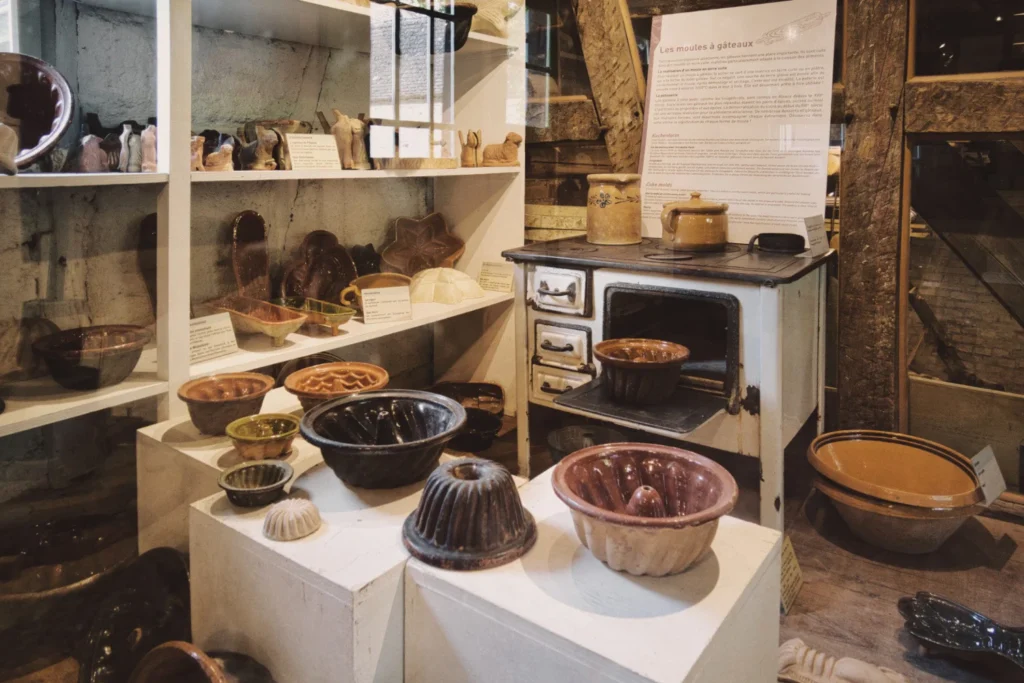
Today, the Ecomuseum of Alsace houses over 80 buildings, and the number continues to grow. It’s not just about admiring them from the outside. Stepping inside each house offers a true cultural immersion. Each building contains hundreds of objects dedicated to a specific theme. Visit the home of a carpenter, a potter, or a saddler to see how these craftsmen worked in the past and what tools they used. Peek into a 19th-century pharmacy and see the herbs and “mysterious potions” that were once used to treat various ailments. Enter the schoolhouse, sit at an old school desk, and discover how education looked in the olden days.
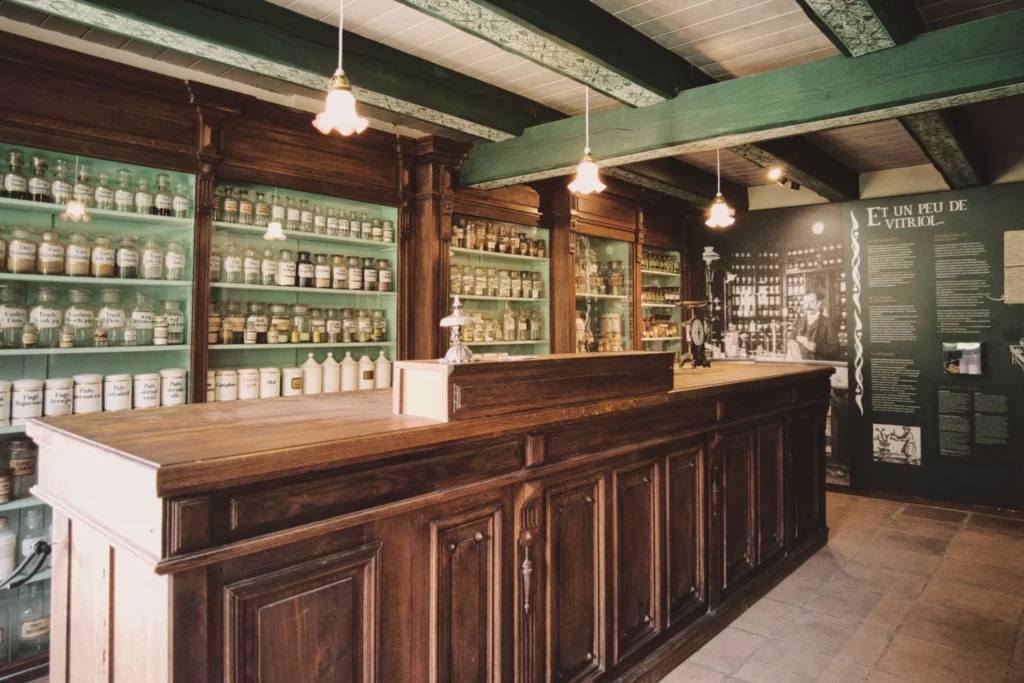
FUN FACT: Some of the most fascinating places in the Ecomuseum of Alsace include a defense tower relocated from Mulhouse, a fully equipped inn, a general store brimming with curiosities, and a farmstead that recreates the realities of rural households of the past.
Additional thrills during a visit to the Ecomuseum of Alsace come from participating in various activities organized within the village. Pottery workshops, where you can create your own pieces using traditional clay molding techniques, are especially popular. In the aforementioned schoolhouse, you can join lessons on learning the Alsatian dialect. For the bold, there’s even a barbershop where you can get a haircut from the local master. If you’re in the mood for something more relaxing, take a boat ride along the river that flows through the museum grounds.
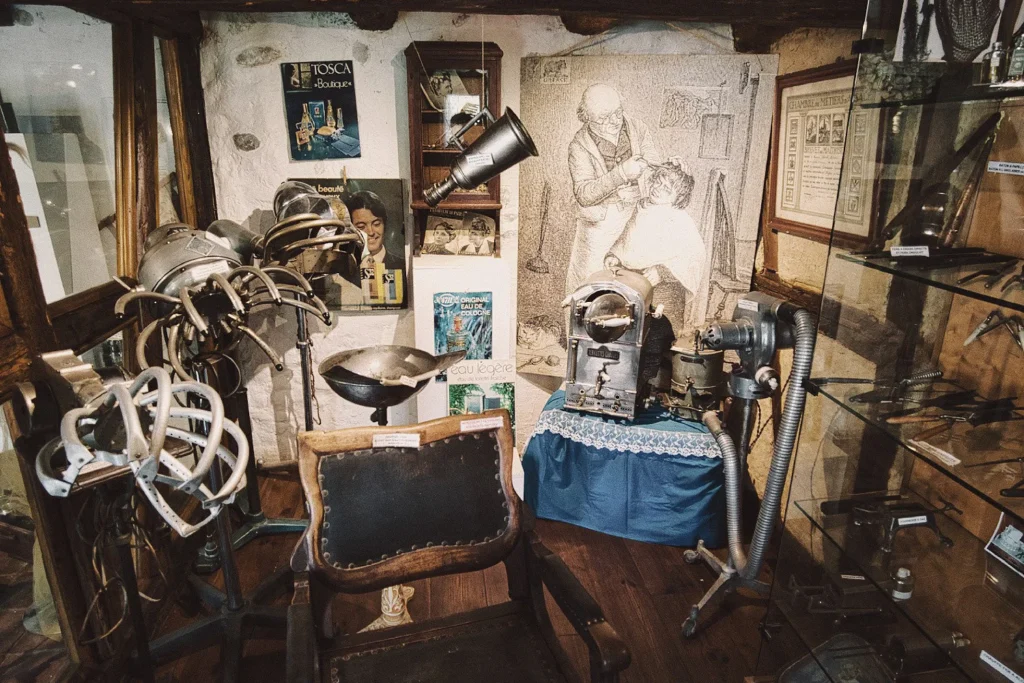
There are countless ways to spend your time at the Ecomuseum of Alsace, with the only limitation being time itself. If you think that two or three hours will be enough to explore this place, you’re quite mistaken. Of course, this amount of time is sufficient if you simply want to stroll along the main paths and see the buildings from the outside. However, if you’re looking to fully immerse yourself in the experiences offered here, plan to spend at least half a day at the museum.
GOOD TO KNOW: Right next to the Ecomuseum of Alsace is Le Parc du Petit Prince, a theme park inspired by the book “The Little Prince”—a perfect complement for a day full of fun, not just for the little ones!
Over 5,000 Animal Species
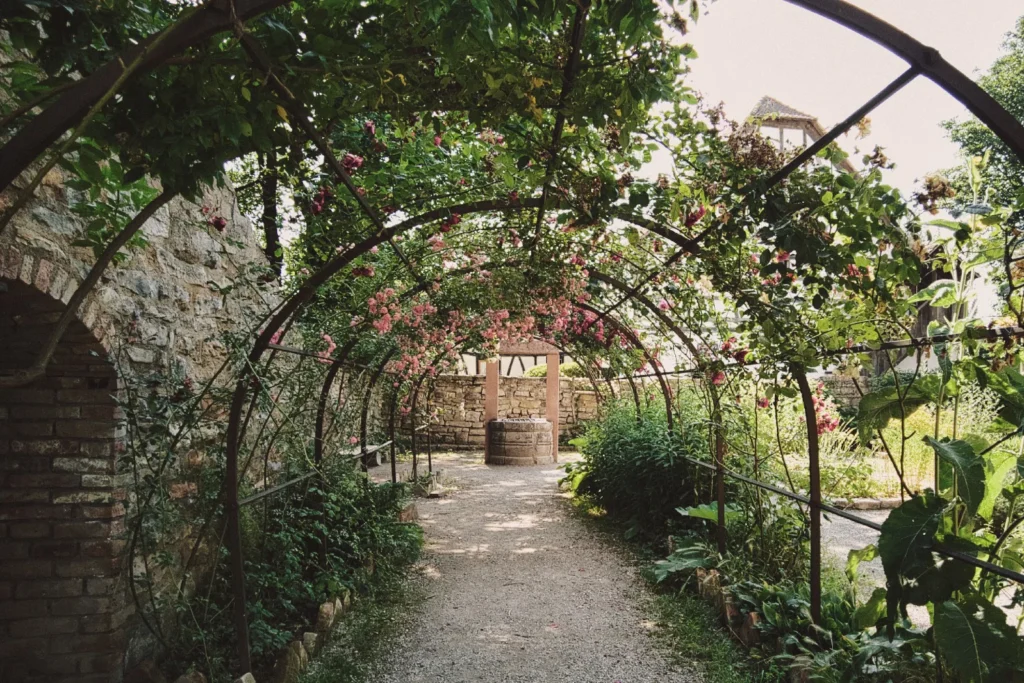
The museum’s name includes the prefix “eco” for good reason. It is surrounded by nearly 100 hectares of biodiversity. As of 2024, more than 5,000 species of animals have been recorded here, and they have been added to the National Inventory of Natural Heritage. The Ecomuseum of Alsace is also actively involved in the preservation of various bird habitats. While visiting, you can observe many of these species from special observation points and towers.
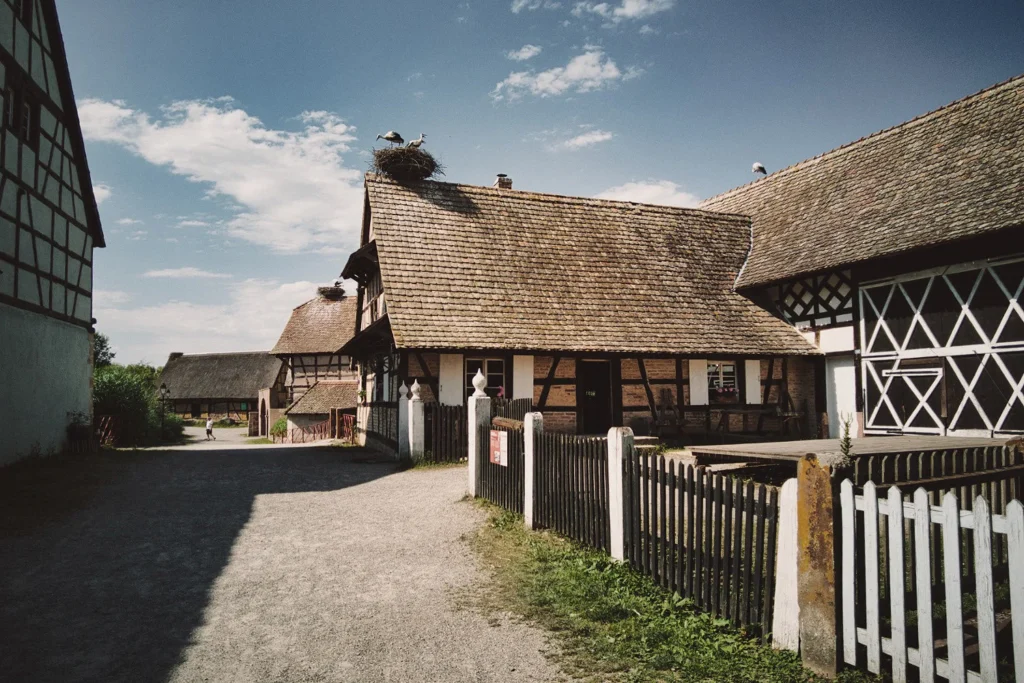
A special place at the Ecomusée d’Alsace is reserved for storks. Throughout the village, you’ll find over 40 metal structures on the rooftops, which assist these birds in building their nests. From February to August, this becomes the largest concentration of storks in the region. It’s truly impossible not to notice, as a simple glance upward during your walk reveals the peaceful lives of dozens of stork families nesting just a few meters above.
GOOD TO KNOW: The Ecomuseum of Alsace is home to not only wild animals but also farm animals. In the local enclosures, you’ll encounter horses, sheep, goats, pigs, and rabbits.
Nature Trails
Visitors to the Ecomusée d’Alsace will also find several walking trails that allow for an excellent outdoor experience while discovering the unique landscapes, fauna, and flora of this remarkable place. Among the available paths are the forest trail, the field trail, a route through dry hills, and a trail showcasing the vegetation-covered remnants of World War I (including barracks, stables, and guard posts), a conflict that left a profound mark on the history of France.
Practical information
- It is best to purchase tickets for the Ecomuseé d’Alsace in advance. This way, you can avoid standing in long lines and reduce the risk of tickets being sold out.
- Address: Écomusée d’Alsace Chemin du Grosswald, 68190 Ungersheim, France
- Buy tickets on GetYourGuide